A standardized system in Canada called the National Classification of Occupations (NOC) assigns codes and job descriptions to each job on the market.
When applying for immigration to Canada via the Express Entry system, it is essential to determine your NOC precisely. This system will be able to identify your professional work history and grant you the necessary Express Entry application points.
The NOC system switched from the prior NOC 2016 to the new NOC 2021 as of November 16th, 2022. The NOC 2021 system changed from skill type to TEER categories, among other adjustments.
After November 16th, all new applications must be submitted using the appropriate NOC 2021.
What is NOC?
Each employment in the labor market is assigned a code and a work description using the National Classification of Occupations (NOC), a standardized system used by Immigration, Refugees, Every occupation that exists in the Canadian labor market is given a code by the NOC, or National Occupation Classification, which makes use of the NOC matrix. Based on their NOC codes, Immigration, Refugees and Citizenship Canada (IRCC) evaluates each applicant’s employment experience for immigration. When applying, candidates must specify the NOC code that best describes their work history. Candidates for certain economic immigration streams may only apply if they have prior work experience in a profession corresponding to a given NOC code. Therefore, it is essential that you, as an applicant, understand how NOC codes work. and Citizenship Canada (IRCC) in Canada.
How to TEER NOC Code is categorized?
The National Classification of Occupations (NOC), a standardized system used by Immigration, Refugees, and Citizenship Canada (IRCC) in Canada, assigns a code and a work description to each employee in the labor market.
The NOC, or National Occupation Classification, which makes use of the NOC matrix, assigns a code to each occupation that is recognised in the Canadian labor market. Immigration, Refugees and Citizenship Canada (IRCC) assess each applicant’s work history for immigration based on their NOC codes. Candidates must identify the NOC code that best describes their employment history while submitting their applications. Candidates must have prior work experience in a profession that matches a specific NOC code in order to apply for several economic immigration streams. Consequently, it’s imperative that you should have fulfilled the majority of the duties and responsibilities mentioned. The NOC assigns jobs to the Training, Education, Experience, and Responsibilities (TEER) category. From TEER 0 through TEER 5, there are six TEER categories.
The NOC code falls under the following categories:
- The first digit stands for the broad occupational group;
- The TEER category is indicated by the following digit;
- The major group is represented by the first two digits concatenated;
- The sub-major group is represented by the first three digits;
- The minor group is represented by the first four digits; and
- The unit group or the occupation itself is indicated by the entire five digits.
How to categorize your job experience using TEER
TEER 0 refers to management-related occupations, while TEER 1 requires either the successful completion of a university degree—a bachelor’s, master’s, or doctorate—or a number of years of experience in a particular TEER category 2 occupations.
The job descriptions included in the TEER 2 are classified as requiring completion of a two- to three-year post-secondary education program at a community college, institute of technology, or CÉGEP. For jobs with supervisory or substantial safety duties, such as police officers and firefighters, or for jobs from TEER category 3, it may be necessary to complete a two to five-year apprenticeship training program.
The TEER 3 includes completing a less than two-year post-secondary education program at a community college, institute of technology, or CÉGEP; an apprenticeship training program lasting less than two years; more than six months of on-the-job training, training courses, or specific work experience with some secondary school education; or several years of experience in a particular occupation from the TEER category 4.
While category 5 includes a brief work demonstration but has no formal educational requirements, TEER 4 requires completion of secondary school or several weeks of on-the-job training with some secondary school education.
Job Requirements.
In terms of immigration, any job with a TEER level of 0, 1, 2, or 3 is regarded as high-skilled, but jobs with a TEER level of 4 or 5 are regarded as low-skilled. The quickest way to establish your occupation’s categorization is to look it up on the Employment and Social Development Canada (ESDC) website using the NOC Matrix.
Finding your NOC Code
Use the NOC Matrix on the Employment and Social Development Canada (ESDC) website to find your NOC code. Make sure the lead statement accurately describes your position and that you have completed the majority of the tasks and obligations mentioned under the NOC code. Even if your occupation seems to fit a particular NOC code, be aware of any exclusions from the NOC that can make it ineligible.
You must offer proof, such as recommendation letters from prior employers, to verify the veracity of the NOC code you choose. If your profession falls under more than one NOC code, pick the one that best describes your experience. Remember those visa officials are familiar with the NOC matrix and have the authority to reject your application if they feel that your occupation belongs under a different NOC code.




